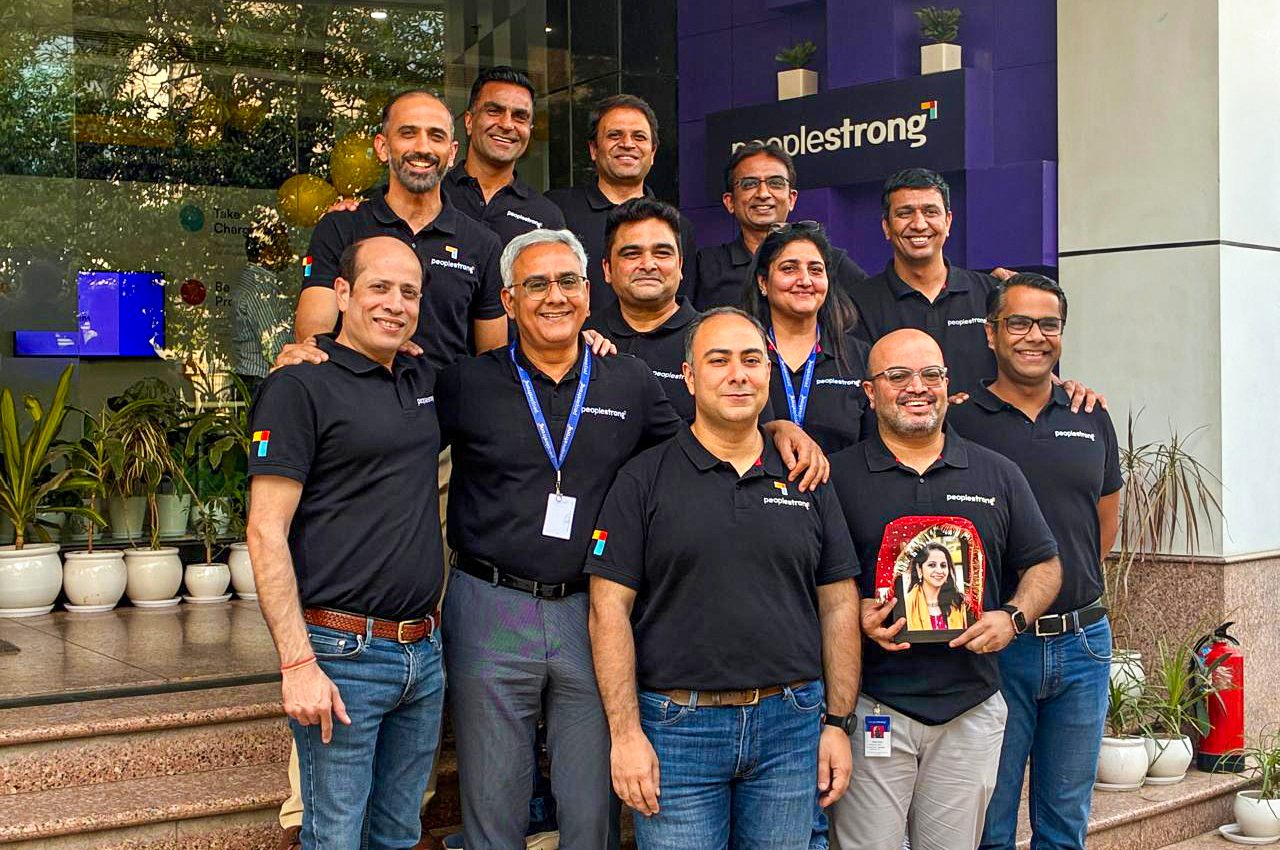Do you remember “Po” from the movie Kung Fu Panda? Could anyone have imagined a fat and fluffy panda becoming a Dragon Warrior and bringing peace to the valley? Unfortunately, when Master Oogway announced Po as a Dragon Warrior, no one around him, including his disciple Master Shifu, was ready to accept the fact and felt that the decision was wrong.
Similarly, if I may, the traditional recruiting method will die, and organizations that depend solely on recruiters will struggle more in the future. I am sure most of you won’t agree with me. However, the reason is straightforward – organizations have been working on strengthening their Talent Acquisition segment for years, yet they couldn’t succeed despite employing large staffing teams. The recruitment industry is worth over $30 billion, and the only reason behind it is that everyone demands the cream of the crop. Last year’s pandemic forced companies worldwide to rethink their hiring strategy, and it changed the ecosystem of the HR world. So, here are the top 6 hiring trends to reinvent the recruiting function:
- 1. “Recruiting AI Chatbot” is the new Dragon Warrior: All the CEOs and CHRO’s have primarily three key asks from the Talent Acquisition leaders, i.e., “best,” “hard-working,” and “experience.”
Recruiting AI Chatbot is the dragon warrior and future of the recruiting world. The combination of Artificial intelligence and neurolinguistics programming is deadly. It has solved most of the problems of Talent Acquisition leaders. These platforms can get profiles of any skill in a fraction of a second through crawling. It can give real-time visibility to both the candidate and the hiring manager, which makes things faster. The technology allows you to manage basic activities from interview scheduling to post-offer engagement. These products can do everything required of a hiring manager and find the candidate most suitable for an organization. These are becoming an essential part of life; hence, recruiting products like PeopleStrong’s Recruit, Workday, etc., are taking over the market.
- 2. Focus on Recruitment Marketing: Traditionally, organizations have been focusing on job boards, job fairs, and other print media for hiring people. However, in this new world of e-recruiting, the candidates are spread over the surface area of 510.1 million km.
These days, candidates research the organization’s reputation, leadership, and business continuity plans before joining. Therefore, organizations must continue to invest in their employer branding strategy. It will help create a presence in the candidate’s community and the socially influential communities by implementing six core principles of marketing, i.e., product, price, promotion, place, packaging, and positioning. An organization that will build or carve out recruitment marketing as a separate role will have the ability to reinvent its recruitment function and be the world leader in recruiting.
- 3. Recruitment Scientist: Master Shifu said, “If you only do what you can do, you will never be more than who you are right now.” That is true in the recruiting space too. “Technical recruiter” or “Recruitment specialist” is the most abused term in the current scenario. The best technical recruiters or recruitment specialists who controlled the market for years will fade away because they have been doing the same thing for years. In the next 2-3 years, the traditional recruiters will lose their jobs and become more of recruitment coordinators.
Organizations need scientists who can work as an extended arm of the business leaders and can have technical conversations with the candidates. It will reduce the hiring lead time, cost of hiring, and, most importantly, business leaders will get more productive hours from the members who spend 15% of their time interviewing. Many organizations like ours were able to create such an ecosystem where recruiters can manage hiring with 0 – 3 years of experience. Such recruitment scientists know the real ask and evaluate candidates while donning the business hat instead of the HR hat.
-
- 4. Location-based compensation: Organizations went through unprecedented turbulence in 2020. It is still wreaking havoc as there is massive pressure on the financials, which led to many layoffs. One of the most noticeable changes organizations will introduce in recruiting is using a differentiated compensation strategy based on living costs. There will be a base pay for a particular skill or a role from a parity perspective; however, the location allowance based on living costs will be different. This way, organizations will solve three fundamental problems – talent pool crunch, attrition, and high recruitment costs. Organizations have mastered the virtual form of working, and location is not a constraint anymore. Recruiters can target a pool from Tier 2/Tier 3 cities who couldn’t move to metro cities for various reasons. This will solve the problem of the talent crunch.
-
- 5. Rise of Workforce management: Workforce management will play the role of secret ingredient in recruitments. The focus will be on workforce composition and fewer but employees of high caliber.
- a. Workplace diversity & composition: Diversity, inclusion, and gig workforce have been the key focus of most organizations. However, they couldn’t succeed in meeting the numbers for various reasons. Due to remote hiring, organizations will be able to leverage this opportunity and focus on becoming equal opportunity employers. The organizations that intend to hire specially-abled candidates but couldn’t because of the office infrastructure can leverage this opportunity to meet those goals.
- b. Less number of quality people: Now, the organizations will be conscientious while hiring. They will have fewer employees, but they would be crème-de-la-crème. Therefore, there will be two critical changes in the hiring approach. First, lay more focus on behavioral skills, and the other is to shift from hiring subject matter experts to generalist profiles who are versatile and can excel in multiple roles.
6. The common sense of 5Ws: The recruiting trends look ordinary; however, it depends on how well you implement them. The secret of success in recruitment is following the mantra of “Common Sense.” It is time for recruiting leaders across industries to build a strategy, which would rely on candidate value proposition, talent pooling, leveraging primary hiring sources, focus on high-end metrics, and improve overall productivity by the structured approach of 5 W’s (Who, When, What, Why & Where).
Organizations that have realized the importance of being “proactive” and are focused on the essential elements- including intuitive decision making on the cultural alignment and algorithms to find a suitable candidate for a role, will become the recruiting leaders in their space. Recruitment software, a PeopleStrong offering, is scalable, smart, and the perfect solution for all your recruitment technology needs.












